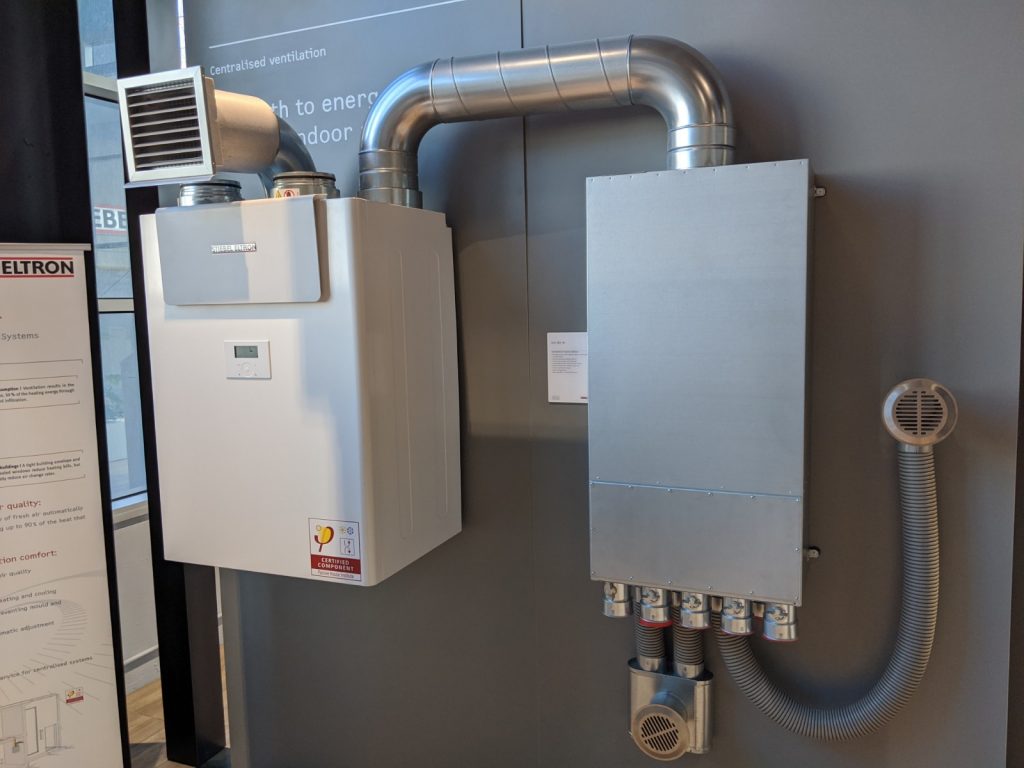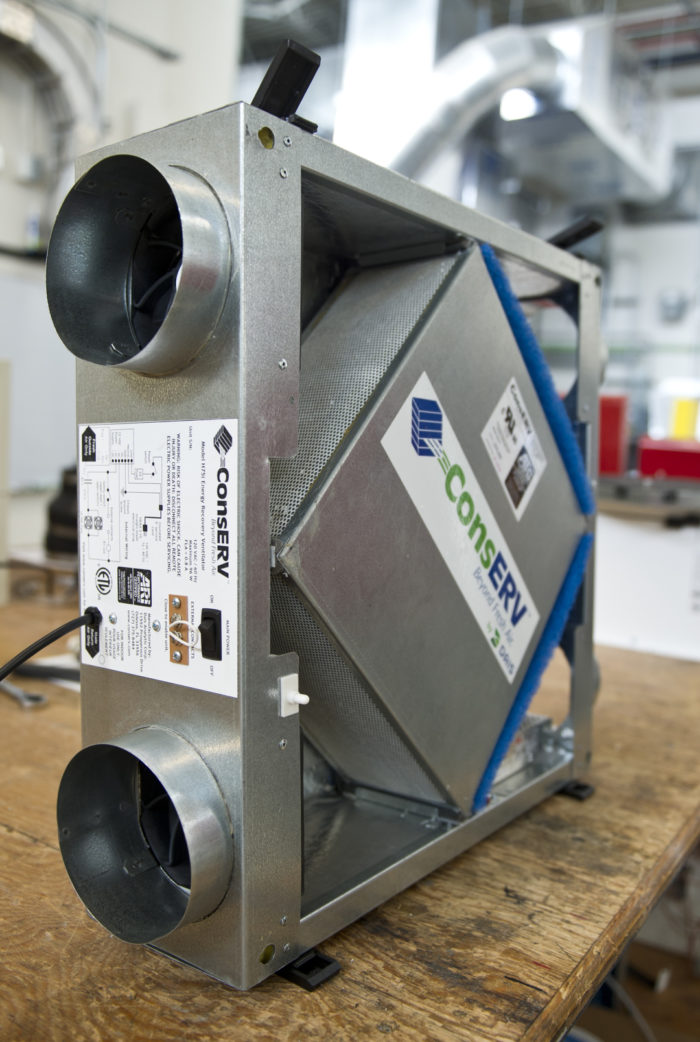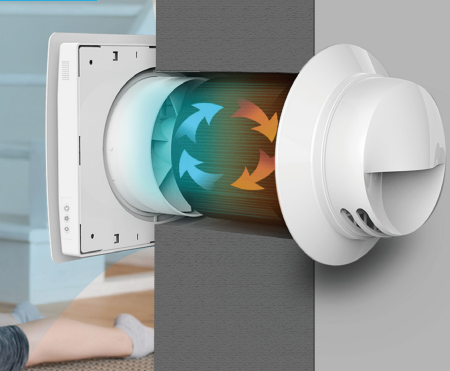How HRV Helps Prevent Mold and Dampness
Discovering the Conveniences of Heat Recovery Ventilation for Energy Performance in Houses
Heat Recovery Ventilation (HRV) systems use property owners a useful method to boosting power performance. By redeeming warmth from outbound air, these systems can significantly decrease heating and cooling costs. Furthermore, they give a consistent supply of fresh air, enhancing interior air high quality and comfort levels. As homeowners consider lasting choices, understanding the subtleties of HRV systems becomes increasingly important. What factors should one assess before making such a financial investment?
Comprehending Heat Recovery Ventilation Systems

Just How HRV Enhances Indoor Air Quality

Energy Cost Savings: The Monetary Benefits of HRV
Making best use of energy efficiency, heat recovery ventilation (HRV) systems supply significant monetary benefits for homeowners. By recovering and reusing warm from exhaust air, HRVs noticeably decrease heating and cooling expenses. This innovation can result in energy savings of as much as 30%, relying on climate and usage patterns. Homeowners frequently discover minimized utility costs soon after installment, making Learn More HRVs an economically sensible investment with time. In addition, several areas offer rewards or refunds for energy-efficient upgrades, further boosting the monetary charm. As energy costs proceed to increase, the cost-effectiveness of HRVs comes to be progressively clear. Generally, the unification of HRV systems not just advertises power effectiveness however additionally adds to long-term monetary savings for homes.
The Ecological Impact of Heat Recovery Ventilation
A considerable ecological advantage of heat recovery ventilation (HRV) systems depends on their ability to reduce general power consumption. By recovering warm from exhaust air and moving it to inbound fresh air, HRV systems lessen the requirement for energy-intensive heating and cooling down approaches. This reduction in power need adds to decrease greenhouse gas exhausts, as much less fossil fuel is required to maintain comfortable interior temperature levels. Additionally, HRV systems boost interior air top quality by successfully trading stale air with fresh outside air, lowering dependence on mechanical cooling systems that can hurt the environment. Overall, the application of HRV systems sustains sustainable living methods and aligns with worldwide initiatives to battle environment modification by advertising power performance in residential settings.
Choosing the Right HRV System for Your Home
Just how can home owners ensure they select the appropriate heat recovery ventilation (HRV) system for their needs? They ought to assess their home's dimension and layout, as these aspects influence air movement needs. Next off, evaluating the system's effectiveness ratings is important, as higher ratings show better efficiency and energy savings. Home owners ought to also take into consideration setup and upkeep costs, contrasting various brand names and designs for worth. Additionally, it's important to examine sound degrees, as some systems operate more silently than others. Consulting with heating and cooling professionals can give tailored referrals based upon specific home problems. Examining user testimonials and service warranties can assist in making an educated choice, guaranteeing that the chosen HRV system effectively enhances interior air quality and energy performance.
Regularly Asked Concerns

Exactly how Usually Should I Clean or Keep My HRV System?
The regularity of cleaning or maintaining a warm recuperation ventilation (HRV) system generally depends upon use and environmental factors. Usually, it is web link advisable to execute upkeep every six months to ensure peak efficiency and air top quality.

Can HRV Equipments Assist Lower Humidity Degrees Indoors?
HRV systems can efficiently minimize interior moisture levels by trading stale, moist air with fresh, drier air from outdoors. HRV Heat Recovery Ventilation. This process assists maintain a well balanced interior environment, boosting comfort and avoiding moisture-related issues
What Is the Life-span of a Regular HRV System?
The lifespan of a typical heat recovery ventilation (HRV) system differs, generally lasting between 10 to 15 years. Normal upkeep can extend its performance and operational life, making certain peak efficiency throughout its usage period.
Exist Any Noise Worry About HRV Solutions?
Noise concerns with HRV systems can emerge, especially from fan procedure. Numerous modern systems are created to reduce sound levels, guaranteeing they run quietly while preserving performance, which attends to potential disturbances in living atmospheres.
Can I Set Up an HRV System Myself, or Do I Need an Expert?
The private contemplated whether to his response mount the heat recovery ventilation (HRV) system directly or employ an expert. Normally, while do it yourself installation is feasible, knowledge warranties proper functionality and compliance with neighborhood building ordinance, boosting system performance.